By Victor Block
On a farmstead near the tiny town of Eagle, Wisconsin — population about 2,000 — a blacksmith heats an iron rod in a fire and bangs it into a desired shape. Nearby, some women turn spindles to transform wool into yarn while others prepare food on a wood stove.
If this sounds like early pioneers who came to the New World centuries ago, it is meant to. These realistic reenactors are re-creating the world in which early settlers lived in rural America. They’re doing so at the self-proclaimed largest outdoor museum in the world.
A lot of research was undertaken to make Old World Wisconsin an authentic representation of the life of immigrants in the late 19th and early 20th centuries. Some 60 historic structures were uprooted and rebuilt on land similar to that which confronted pioneers heading west. Visitors view demonstrations of the everyday tasks that occupied their time.
Old World Wisconsin is one of several living-history sites throughout the county that bring to life episodes from the nation’s past. They place people in different time periods that provide an understanding of their customs, culture and lifestyles.
Farming is also the focus of other living history locations around the country. In 1852, a 30-room brick building was erected in Carroll County, Maryland, to serve as an almshouse for people too poor to afford a home. Today the structure shares the site with a two-story building that contained the kitchen, a dairy, a barn, smoke- and icehouses, and other sheds. The Carroll County Farm Museum is listed on the National Register of Historic Places.
Wessels Living History Farm in Nebraska lives up to its name by continuing to produce crops. Visitors may join in the action at this working spread by picking tomatoes, feeding animals, gathering eggs or helping with other chores.
The site includes a red timber-frame barn typical of the 1920s, a church that was built elsewhere in 1905 and moved to the farm, and a one-room schoolhouse that dates back to the late 1800s. Adding to the feel of times gone by are a collection of antique tractors and the fact that cooking is done on a wood stove and fresh butter is made in a churn.
History also comes alive at the Genesee Country Village & Museum in Mumford, New York. It consists of nearly 70 buildings, heirloom gardens and fields of livestock to realistically represent an early American farm.
The museum includes an Historic Village, nature center and art gallery that focuses on works related to hunting, wildlife and conservation. Exhibits have included clothing items from three centuries and the story of American water birds.
Animals frequent fields at the Ardenwood Historic Farm in Fremont, California. Its agricultural story traces back to the 1850s, when a humble farmhouse was constructed and the land was used to grow wheat and vegetables. The property includes that home, which has been expanded, a blacksmith shop and a village of the Ohlone people.
More than 50 of those Native American groups inhabited the northern California coastline region, where they lived by hunting, fishing and gathering. That story is told at the farm, along with activities that include animal-feeding, food lessons and nature-art projects.
Chapters of Native American history also are told at other living-history complexes. A Lenape Indian Camp is one of five themed areas at the Conner Prairie Interactive History Park in Fishers, Indiana. Visitors can enter a wigwam, throw a tomahawk and learn about fur-trading.
An 1836 prairie-town setting bustles with settlers, hardworking artisans and heritage varieties of livestock. Smoke rises from a town following a raid during the Civil War, and those seeking a bird’s-eye view of the village will get it during a ride in an 1859 tethered helium balloon.
From tossing a tomahawk to going aloft in a balloon, picking crops to feeding farm animals, guests at living-history museums, reconstructed towns and reimagined historic attractions can learn by doing. Those who prefer to merely observe the activities also will leave with a new understanding of a part of the nation’s history as well as an appreciation for those who helped to write it.
WHEN YOU GO
oldworldwisconsin.org
carrollcountyfarmmuseum.org
livinghistoryfarm.org
gcv.org
ebparks.org
connerprairie.org
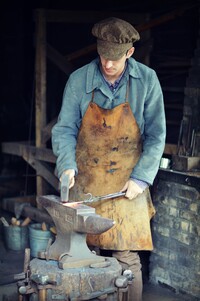
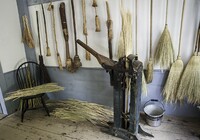
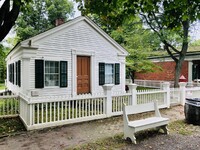
Victor Block is a freelance writer. To read features by other Syndicate writers and cartoonists, visit the Syndicate website at
www.
.
Follow on MSN for more exclusive content
Related Headlines
- Plant a Pet-Safe Garden
- Agree or Disagree?
- Is My AI Doppelganger Gaining Sentience?
- Accessorizing Can Be Delicious

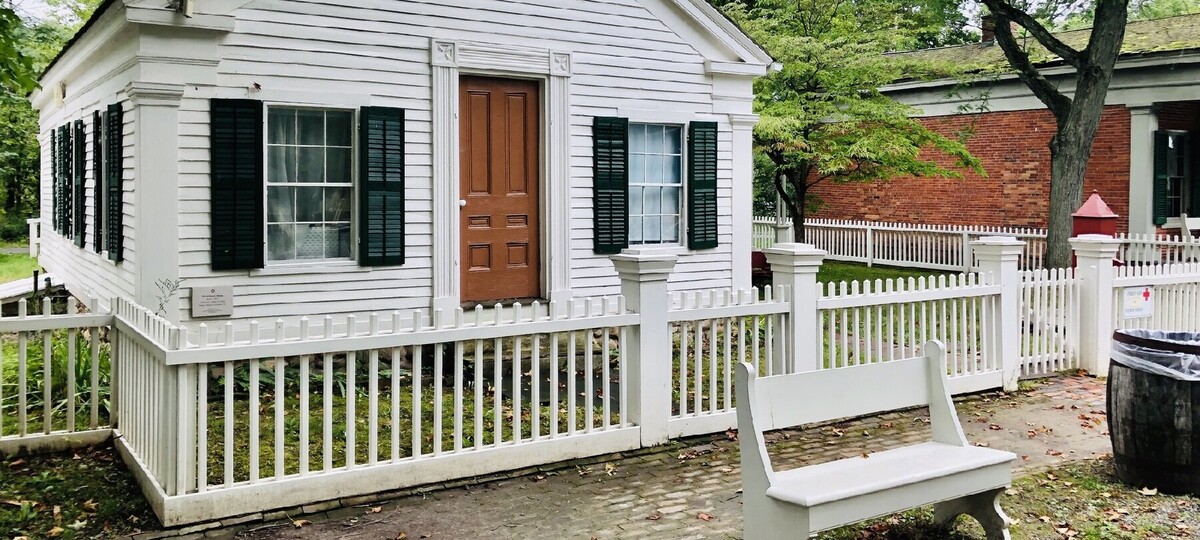

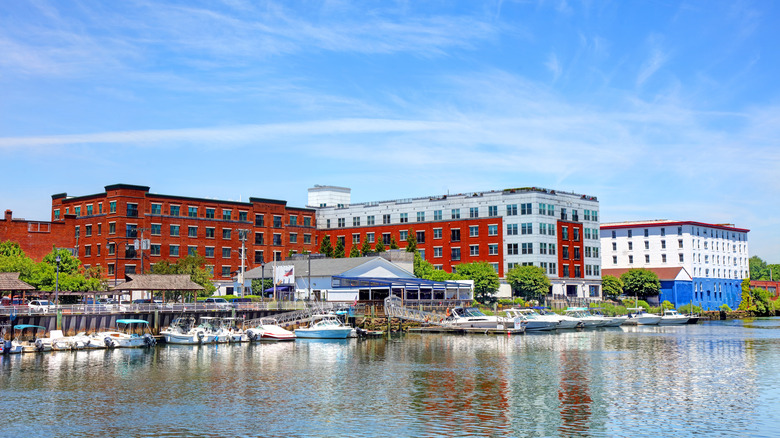


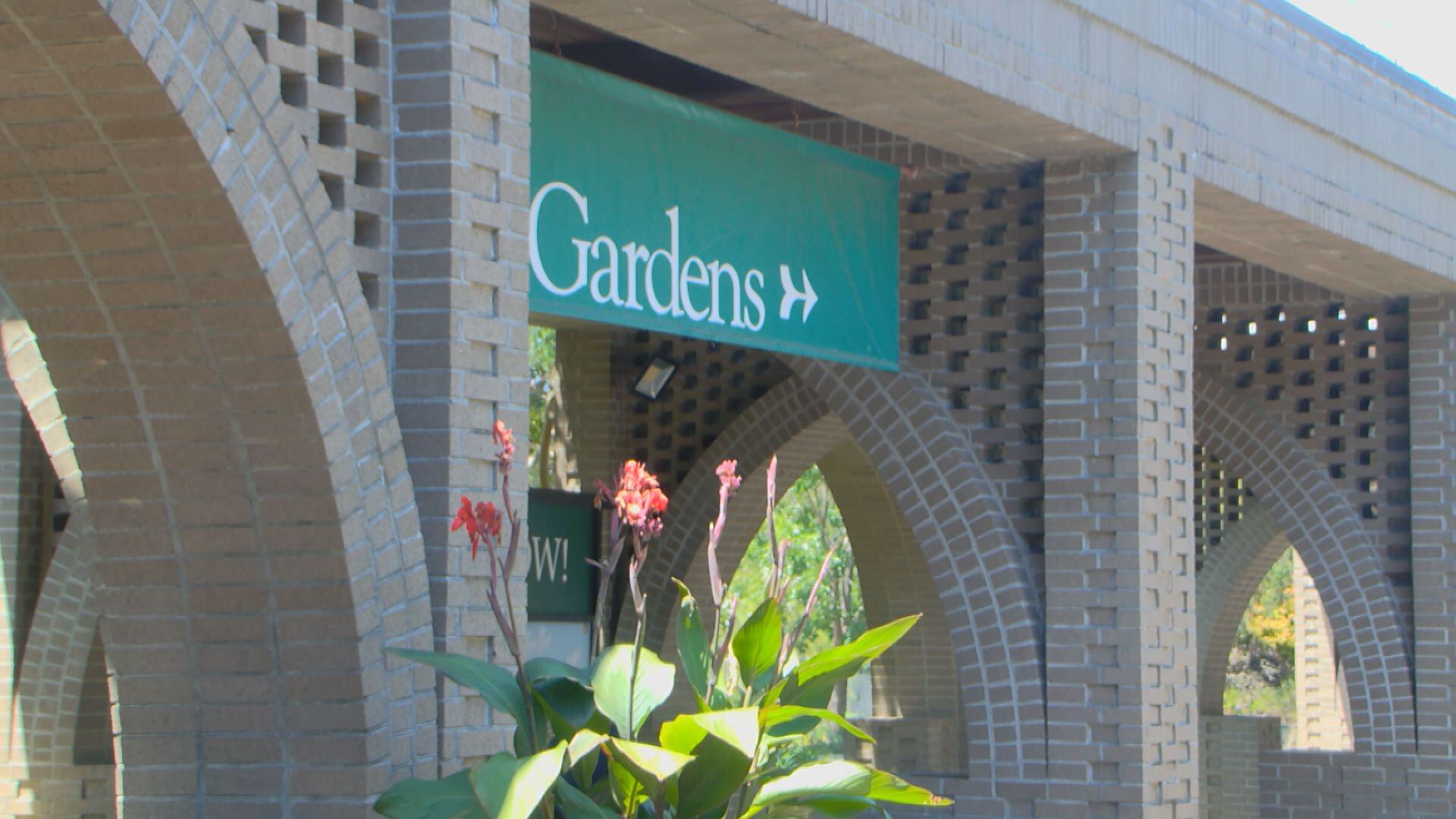
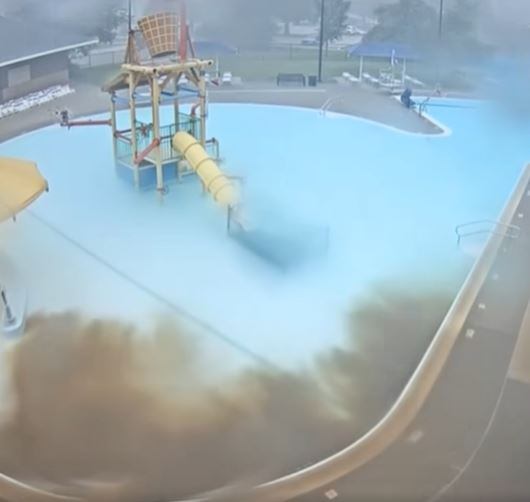
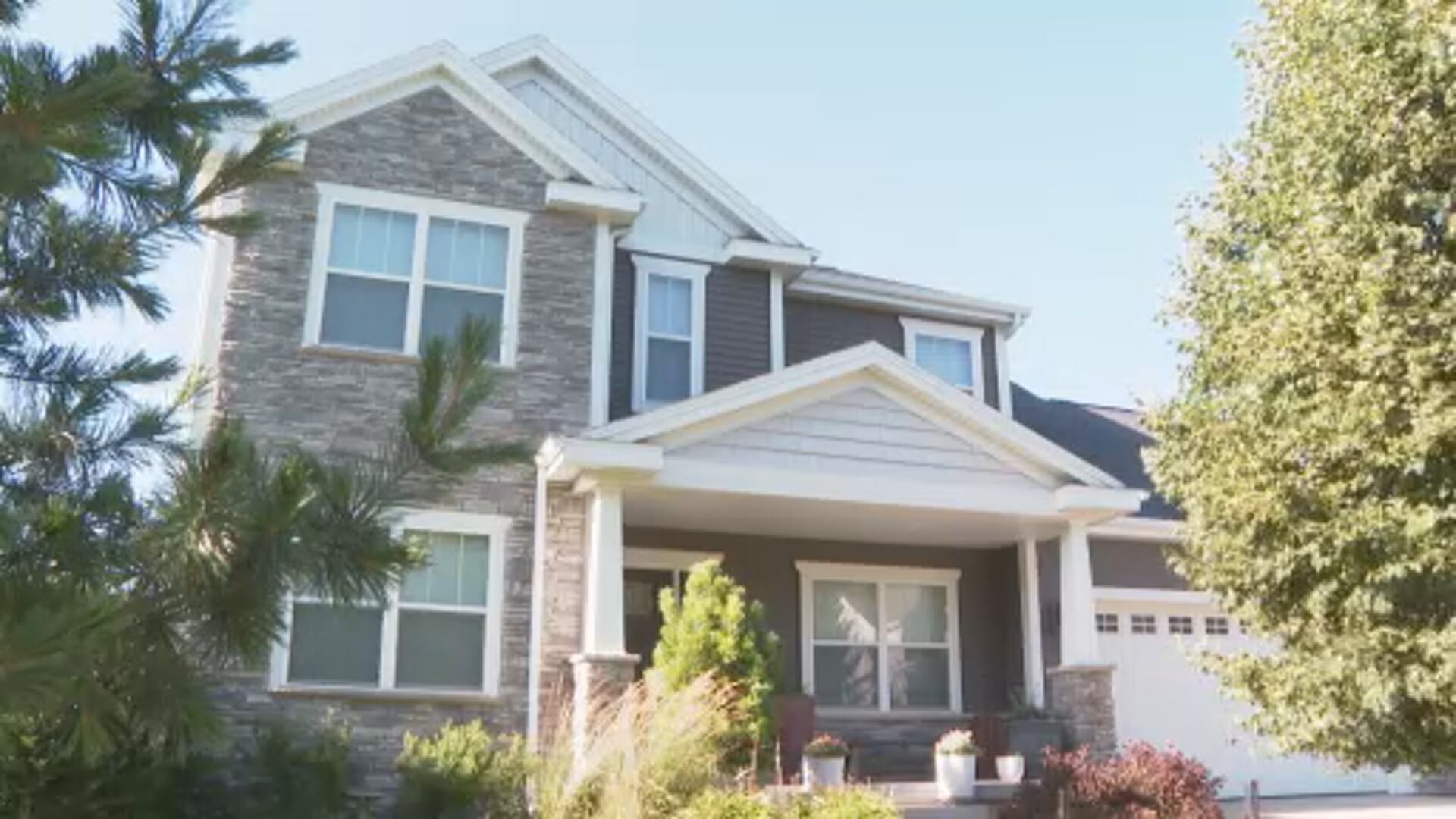
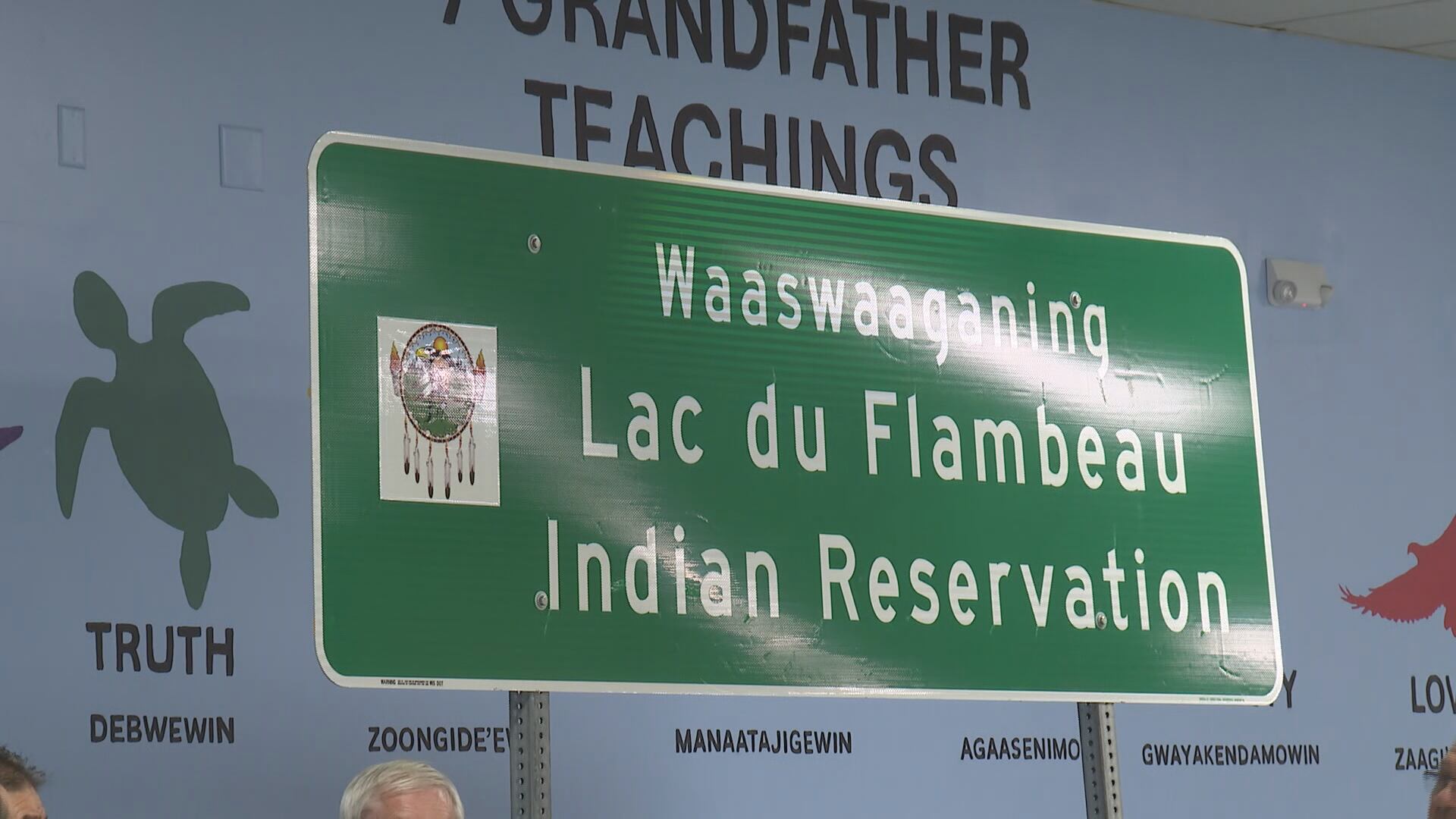
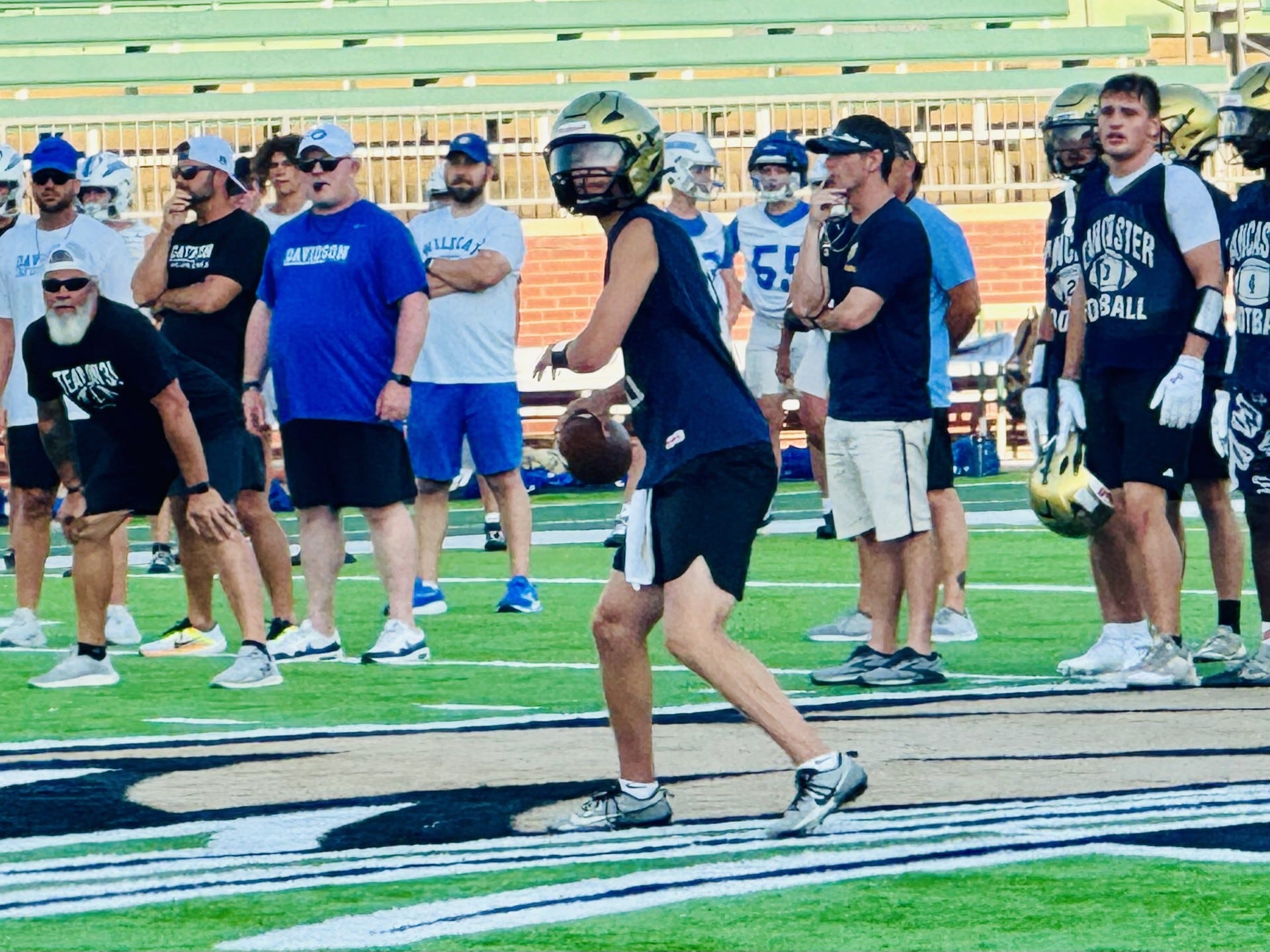

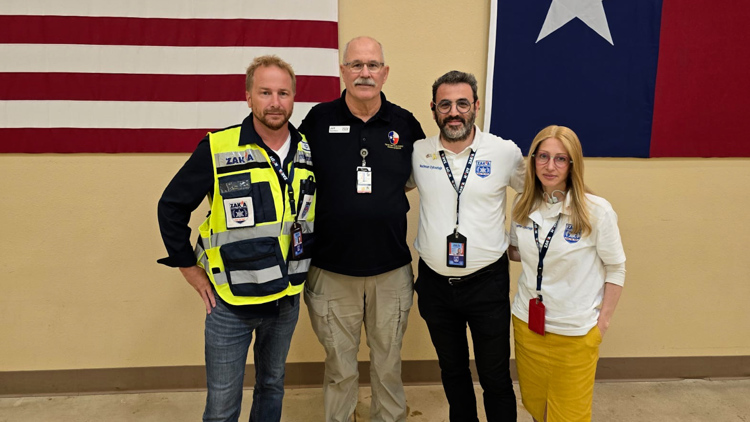
Leave a Reply